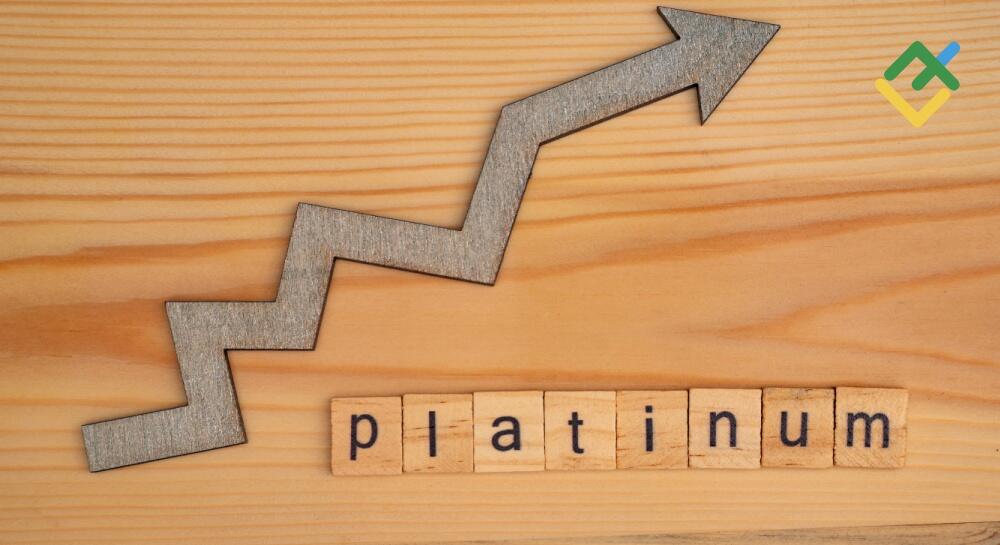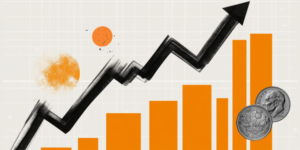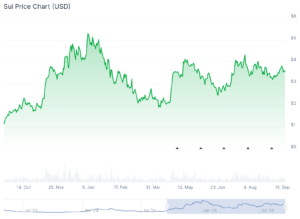Platinum Peaks Amid Supply Cuts and Soaring Demand. Forecast as of 22.07.2025

From a fundamental standpoint, platinum remains undervalued. However, the second half of the year could bring significant changes to the global economy. Will platinum manage to hit new record highs? Let’s discuss this topic and make a trading plan for the XPTUSD.
The article covers the following subjects:
Major Takeaways
- Platinum posted new records in the second quarter.
- The XPTUSD lacks fresh drivers for a rally.
- The platinum deficit in the market is shrinking.
- A rebound from $1,485, $1,515, and $1,540 is a signal to sell platinum.
Quarterly Fundamental Forecast for Platinum
In 2025, platinum set a record quarterly gain, had its best month since 1986 in June, and reached an 11-year high thanks to strong demand from China, reduced production in South Africa, and rising lease rates. Investors have come to realize that the asset, which has been languishing in a prolonged consolidation, is fundamentally undervalued. The platinum-to-gold ratio reached a record high of 3.6 in April, but has since fallen to 2.4. According to historical data, the figure remains elevated.
In the first quarter, platinum jewelry production in China increased by 26%. In April and May, Chinese imports of the metal totaled 10 tons and 10.5 tons, respectively. Concurrently, platinum production in South Africa decreased by 24% in April. Capital outflows from Europe to the US due to tariff concerns have led to a significant rise in lease rates, which reached a record high of 22.7% in June.
Platinum Supply-Demand Balance
Source: WPIC.
Metal Focus forecasts a platinum deficit of 529,000 ounces in 2025 due to the current supply and demand shifts. As a result, the reduction in above-ground reserves will leave them at 9.2 million ounces, equivalent to a 14-month demand. This is a comfortable level, so there is no need to worry about a shortage of the precious metal. Its lease rates have decreased to 11.6%. Production in South Africa is showing signs of recovery.
Meanwhile, the XPTUSD is experiencing a lack of new drivers to propel it higher. Goldman Sachs has warned that prices could collapse to the $800–1,150 range. The weakening tailwind has exposed the platinum market to the most bearish driver of the last decade: declining demand from the automotive sector.
Platinum Demand by Sector
Source: WPIC.
On the other hand, Saxo Bank anticipates a sustained upward trend in XPTUSD quotes. Expectations of a Fed rate cut are likely to stimulate capital inflows into exchange-traded funds (ETFs), while concerns about stagflation in the US may weaken the dollar.
At the same time, platinum is still undervalued relative to gold. The consolidation of the latter is leading to a shift of capital to the market for other precious metals. However, the second half of the year may bring significant changes to the global economy. Tariff delays and the associated surge in US imports have had a positive impact on global GDP and demand for platinum. The period from August to December promises to be particularly tumultuous.
Quarterly Trading Plan for Platinum
After reaching the previously set targets of $1,410 and $1,450 per ounce, platinum entered a consolidation phase, and its uptrend may continue shortly. However, as the impact of tariffs on the global economy becomes apparent, it may be advantageous to switch from buying the XPTUSD to selling it on the rise. Key resistance levels are $1,485, $1,515, and $1,540. The risk of a correction will increase if platinum fails to maintain a price above $1,420 per ounce.
This forecast is based on the analysis of fundamental factors, including official statements from financial institutions and regulators, various geopolitical and economic developments, and statistical data. Historical market data are also considered.
Price chart of XPTUSD in real time mode
The content of this article reflects the author’s opinion and does not necessarily reflect the official position of LiteFinance broker. The material published on this page is provided for informational purposes only and should not be considered as the provision of investment advice for the purposes of Directive 2014/65/EU.
According to copyright law, this article is considered intellectual property, which includes a prohibition on copying and distributing it without consent.







